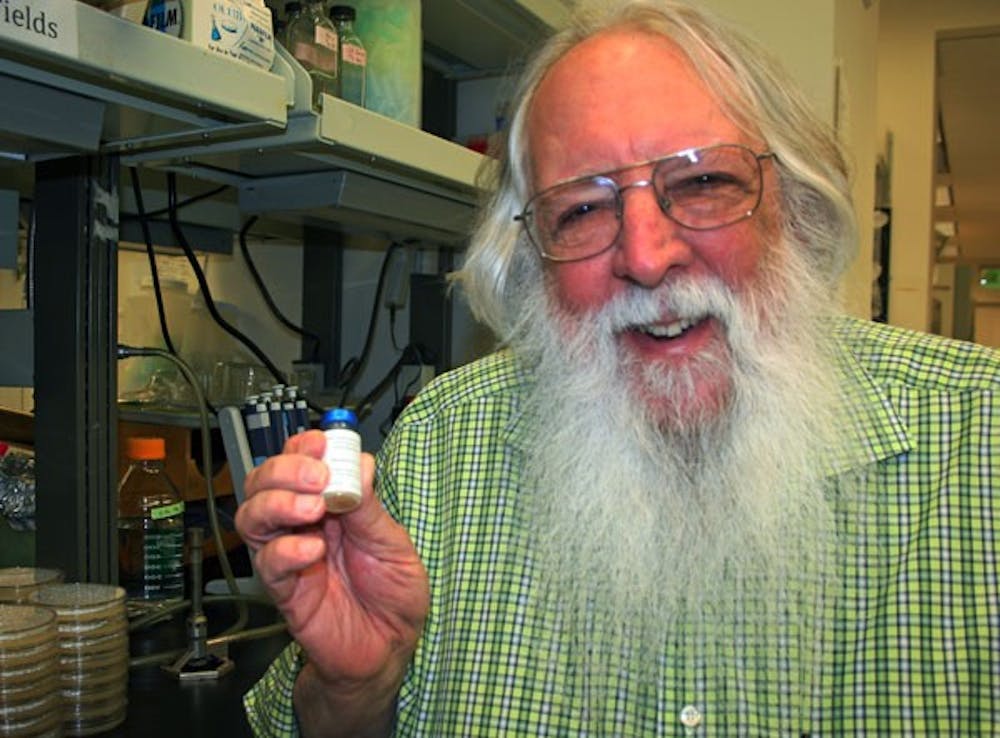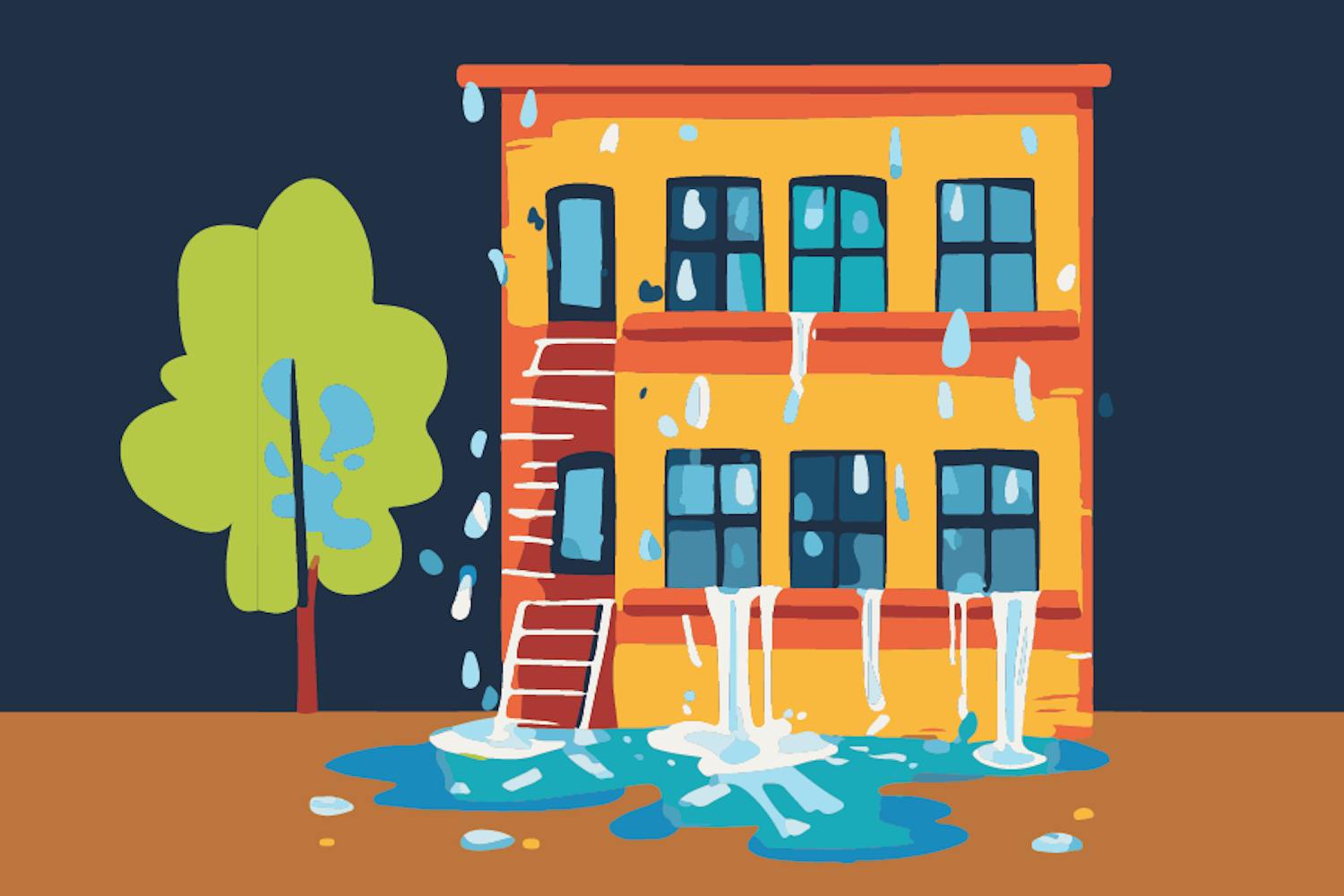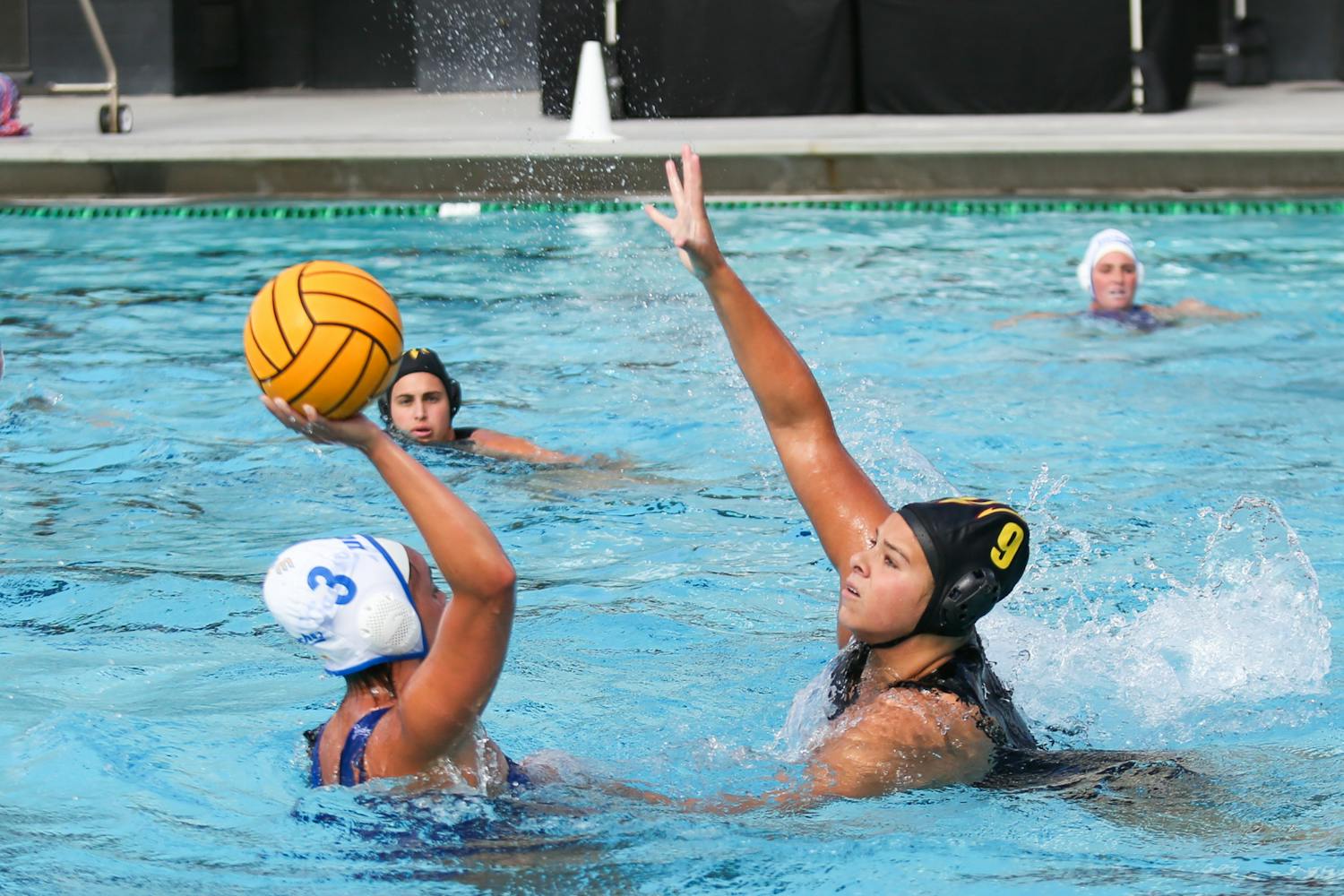 Center for Infectious Diseases and Vaccinology Director Roy Curtiss worked with a team of researchers using salmonella strains to develop vaccines that could prevent fatal diseases. (Photo by Manikandan Vijayakumar)
Center for Infectious Diseases and Vaccinology Director Roy Curtiss worked with a team of researchers using salmonella strains to develop vaccines that could prevent fatal diseases. (Photo by Manikandan Vijayakumar)Researchers at ASU’s Biodesign Institute have transformed a strain of salmonella into an innocuous and cost-efficient host of a DNA vaccine for influenza.
Center for Infectious Diseases and Vaccinology Director Roy Curtiss said he has spent much of his life working to weaken salmonella bacteria because it can effectively be used to deliver oral vaccines that could prevent many fatal diseases.
“I started around 30 years ago trying to tame salmonella and make it a friend, and we’ve just perfected the delivery of DNA vaccines that caused the immunized individuals to produce the protein needed to fight off influenza,” he said.
Curtiss and his colleagues successfully immunized newborn, pregnant and immunodeficient mice against influenza using the salmonella strain. His findings were published in a November online article in the Proceedings of the National Academy of Sciences.
Curtiss said cultivating vaccines using salmonella is far more cost-efficient for influenza immunization than the current method, which involves infecting embryonated chicken eggs and produces only one vaccine per egg.
A small building could house the operation needed to make enough salmonella vaccines for the whole human population, Curtiss said.
“It’s a lot more compact, and you would lower the cost as well,” he said.
ASU Biotechnology Club president Nicholas Segerson said Curtiss’ research into DNA vaccines could help solve a number of major medical problems worldwide.
“The platform he is developing has been a long time coming and could be used to treat any number of diseases that afflict an innumerable amount of people all over the world,” he said.
ASU Institute of Biological Engineering president Abhinav Markus, a biomedical engineering junior, said the research is groundbreaking because it could lead to a future in which anyone in the world could afford vaccines for disease prevention and treatment.
“You always hear that only rich people can afford treatments for diseases like AIDS,” he said. “That is because the current methods are completely unaffordable for the average person.”
However, Markus, who is also a researcher on ASU’s International Genetically Engineered Machine Competition team, warned of the possible consequences involved in using this type of vaccine because species react differently when foreign materials are introduced inside their bodies.
Center for Infectious Diseases and Vaccinology research professor Wei Kong said the salmonella strain has been genetically modified to remove any potentially dangerous effects.
“The salmonella has a built-in safety feature,” she said. “Even if it were released into the environment, it can’t survive because it is programmed to self-destruct.”
Curtiss said the genetic changes made to the salmonella are scattered throughout the bacteria’s genome in such a way that it would be extremely unlikely for it to revert to its original harmful form.
“We’ve got these guys on a leash,” he said. “The chance that they could go back to the original form is about as likely as the chance I will see a meteor hit the ground outside my window in the next hour or so.”
Curtiss said the vaccine is still in the earliest phases of clinical trials but could be used in emergency cases such as a worldwide flu pandemic.
“At some point, maybe some pharmaceutical company will want to hedge its bets and invest in disease prevention,” he said. “This is just the beginning, and it’s hard to know what will happen. So maybe that’s another story for another time.”
Reach the reporter at npmendo@asu.edu




